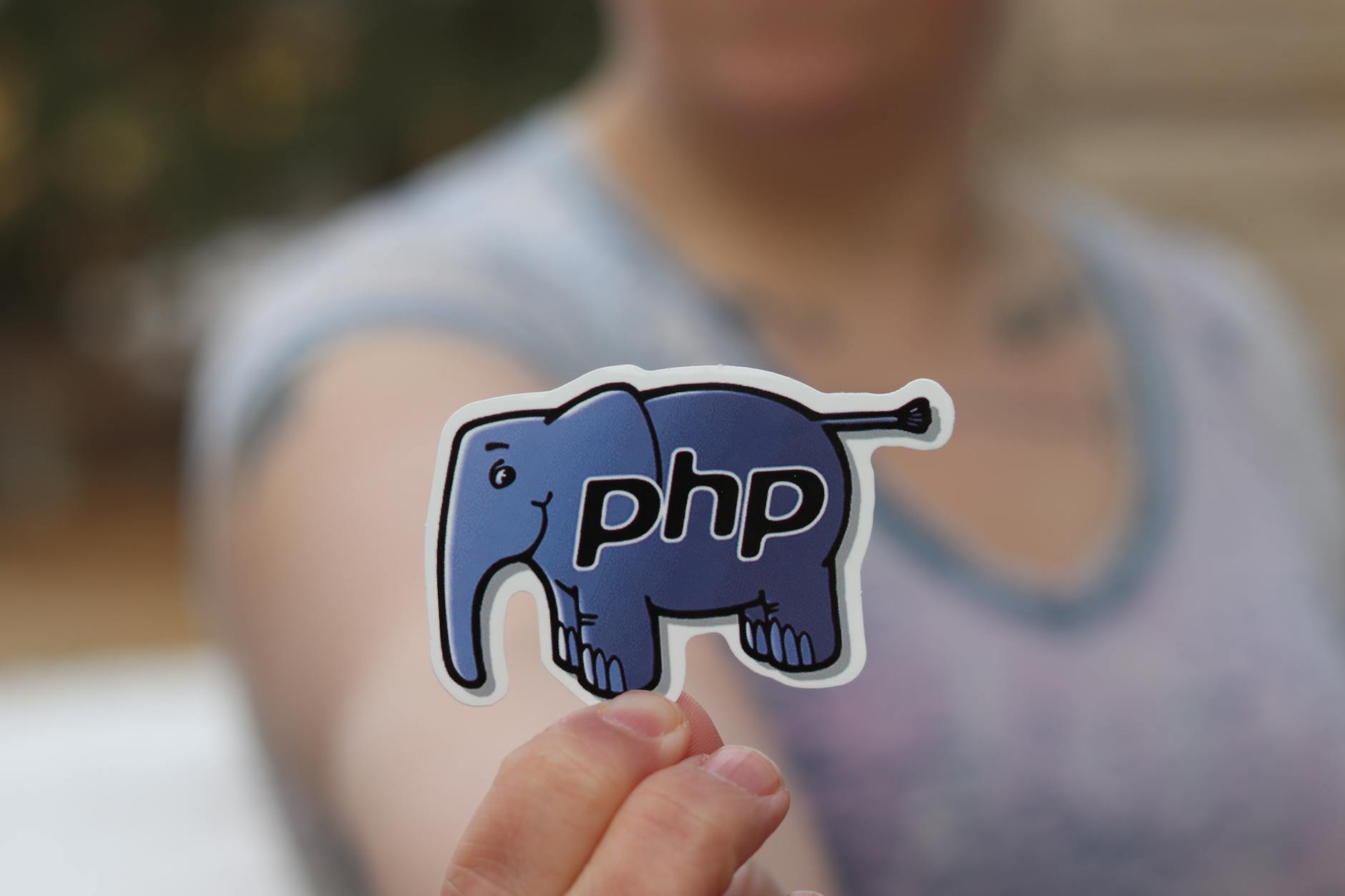Options & Comparisons in Laravel
- Server-driven (minimal JS): Blade + htmx / Turbo / Unpoly
- Component-driven (with server events): Livewire + Alpine.js
- Hybrid (SPA feel × Laravel routing): Inertia.js / Laravel Splade
- Full SPA (API-driven): Vue/React/Svelte/Angular, plus Nuxt/Next/SvelteKit + Laravel API
Quick Reference (Updated)
| Approach | Representative Tools | Rendering | Routing | Primary State | JS Amount | Learning/Implementation Cost | SEO/First Paint | Bidirectional/Real-time* | Best Fit / Scale |
|---|---|---|---|---|---|---|---|---|---|
| Server-driven | htmx / Turbo / Unpoly | Server (partial diffs) | Laravel | Server | Low | Low | Excellent | Possible with add-ons | Small–Medium |
| Component-driven | Livewire + Alpine | Server (DOM diffs synced via WS/HTTP) | Laravel | Server (Livewire) | Low–Med | Low–Med | Good | Strong (Echo, etc.) | Small–Medium |
| Hybrid | Inertia / Splade | Client-centric (SSR optional) | Laravel | Client | Med | Med | Good (even better with SSR) | Possible with add-ons | Medium |
| Full SPA | Vue/React/Svelte, etc. | Client (SSR/SSG optional) | Frontend | Client | High | High | Good–Best | Native strength | Medium–Large |
* Any approach can do real-time with Laravel Echo + Pusher/Ably/Soketi, etc. SPAs have the most freedom.
Livewire + Alpine.js: Positioning & Characteristics
Summary
- Achieves “component-level two-way interactivity while keeping Blade.”
- Livewire brokers DOM diffs, events, validation, etc. Enabling interactive UI without an API—fast to implement.
- Alpine complements with lightweight behaviors (toggles/modals/transitions).
Strengths
- Low overhead for API/JS design (forms, pagination, search are very quick).
- Naturally reuses server-side validation and Auth/Policy.
- Component reuse shines for mid-sized CRUD.
- Hydration/diff updates are automatic, minimizing handwritten JS.
Weaknesses / Caveats
- UIs with heavy client-side state (complex drag-and-drop, lots of rich charts in sync, offline) need extra care.
- For inter-component communication or very large pages, re-render strategy and performance design (caching, splitting,
lazy, event optimization) are key. - Less frontend freedom/tools (SSR/router/types) than a full SPA.
Good Use Cases
- Back-office screens, search/filter, modals, wizards, and form-heavy business UIs.
- Small–medium scope where you want to build something working, fast without heavy JS investment.
Comparison with Other Approaches (Additional Points)
vs htmx/Turbo/Unpoly (Server-driven)
- Livewire manages state and two-way interaction more deeply (properties, validation, events).
- htmx/Turbo focus on HTML fragment swaps; “simple partial updates” are light, but you often own state management.
- For small incremental enhancements or “quickly livening up existing Blade,” use htmx/Turbo. For form/search-heavy whole pages, Livewire is easier.
vs Inertia / Splade (Hybrid)
- Inertia lets you fully leverage the frontend (Vue/React/Svelte), offering broader UI freedom & ecosystem.
- Livewire delivers development speed without APIs and keeps Blade.
- Splade leans Blade-ward with lots of ready-made parts for immediate effect.
- DX/Freedom: Inertia > Livewire ≳ Splade
- Ease of adoption / Instant results: Splade ≳ Livewire > Inertia
vs Full SPA (Nuxt/Next/SvelteKit + API)
- SPAs offer maximum freedom (types/state mgmt/SSR strategy/micro-frontends).
- But design & ops are heavier: API design, CORS, separate deployments, etc.
- Choose SPA for heavy UI / mobile share / offline / complex collaboration; choose Livewire for CRUD-centric apps.
Quick Selection Guide (Revised)
- Blade-first with local rich enhancements → htmx / Turbo / Unpoly
- Two-way UI with many forms, as fast as possible while staying in Blade → Livewire + Alpine
- SPA feel with minimal API design → Inertia (Vue/React/Svelte)
- Fastest route to a “usable admin” → Laravel Splade
- Rich UI, offline, mobile/SSR-led → Full SPA + Laravel API (Nuxt/Next/SvelteKit, etc.)
Implementation Notes (incl. Livewire)
- Build: Vite. Livewire can be trialed via CDN, but Vite is recommended for production.
- Auth/Authorization: Use Laravel’s built-ins (works with any approach).
- Validation: Livewire naturally does it server-side; Inertia/SPA prefers API schemas/TS for type safety.
- Real-time: Echo + Pusher/Ably/Soketi are common to all; Livewire integrates easily with events.
- Performance (Livewire): Component splitting,
lazy/defer, optimizewire:click.prevent, avoid unnecessary re-renders, leverage caching/“computed-like” patterns.
Takeaway
- Livewire + Alpine excels at “two-way UI the fastest, while staying Blade-based.”
- For CRUD-centric, form-heavy, up to medium scale, it’s a top contender.
- If you need advanced frontend architecture/freedom or offline/huge scale, consider Inertia / Full SPA. For surgical enhancements only, htmx/Turbo stays nimble.
